Waves may be transverse, longitudinal, or a combination of the two.. It also covers the differences between transverse and longitudinal waves, and between pulse and periodic waves. Access multimedia content. Watch Physics: Introduction to Waves. This video is an introduction to transverse and longitudinal waves.. Waves are the way in which energy is transferred. Of the many different types of waves, some can be divided into either transverse or longitudinal waves. Definitions: For Longitudinal waves, the displacement of the medium is parallel to the direction of propagation of the wave (direction of the wave’s travel) For Transverse waves, the.

GCSE Physics Longitudinal and Transverse Waves YouTube
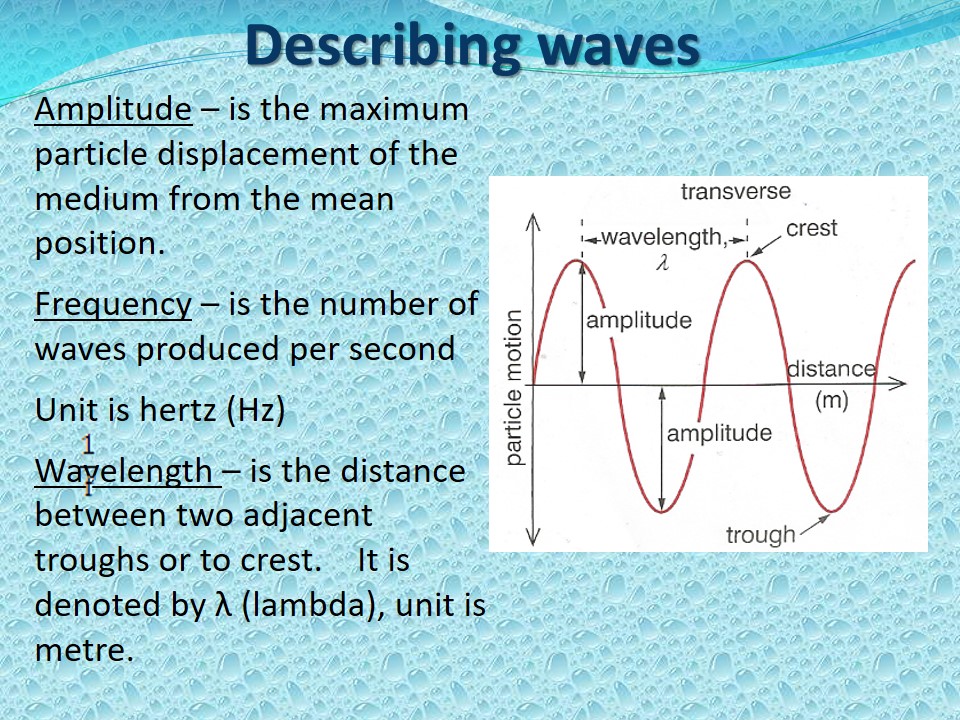
Grade 10 SEMESTER2,CHAPTER1,WAVES

Differences Between Longitudinal And Transverse Waves Explained. YouTube
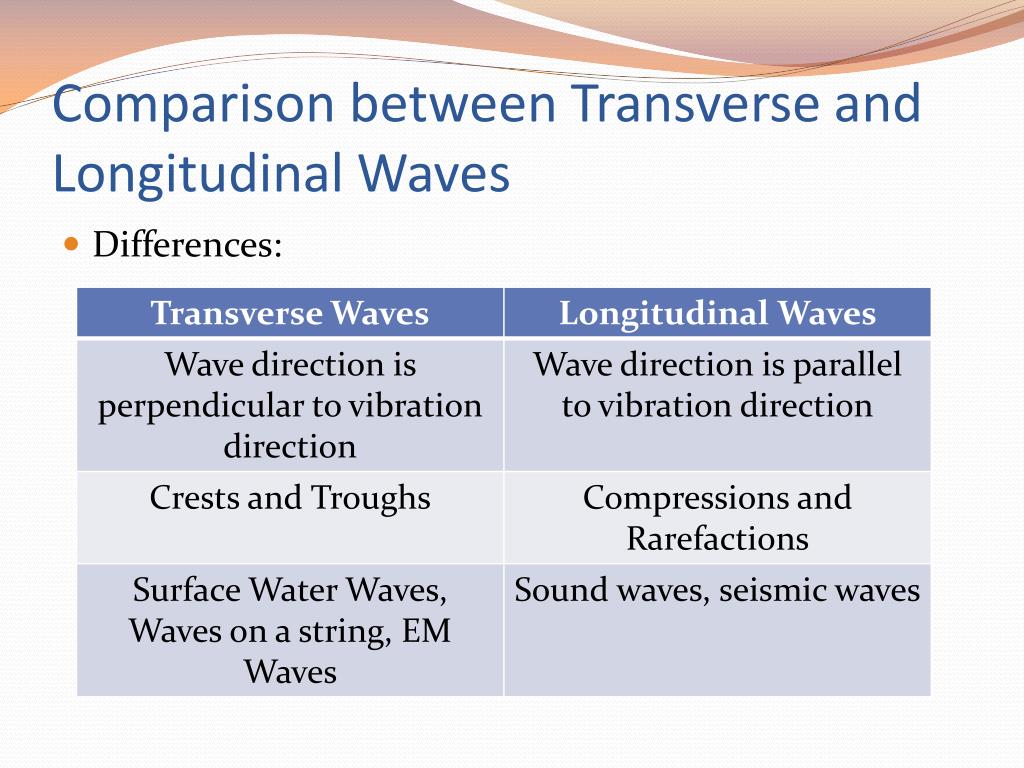
PPT Properties of Waves (Part 2) PowerPoint Presentation, free download ID2481020

Transverse Waves vs Longitudinal WavesDifference between transverse and longitudinal waves

Longitudinal and Transverse wave type, vector illustration scientific diagram Waves, Science

Difference Between Transverse and Longitudinal Waves

Difference between Longitudinal Waves and Transverse Waves Types of Waves Physics Terms
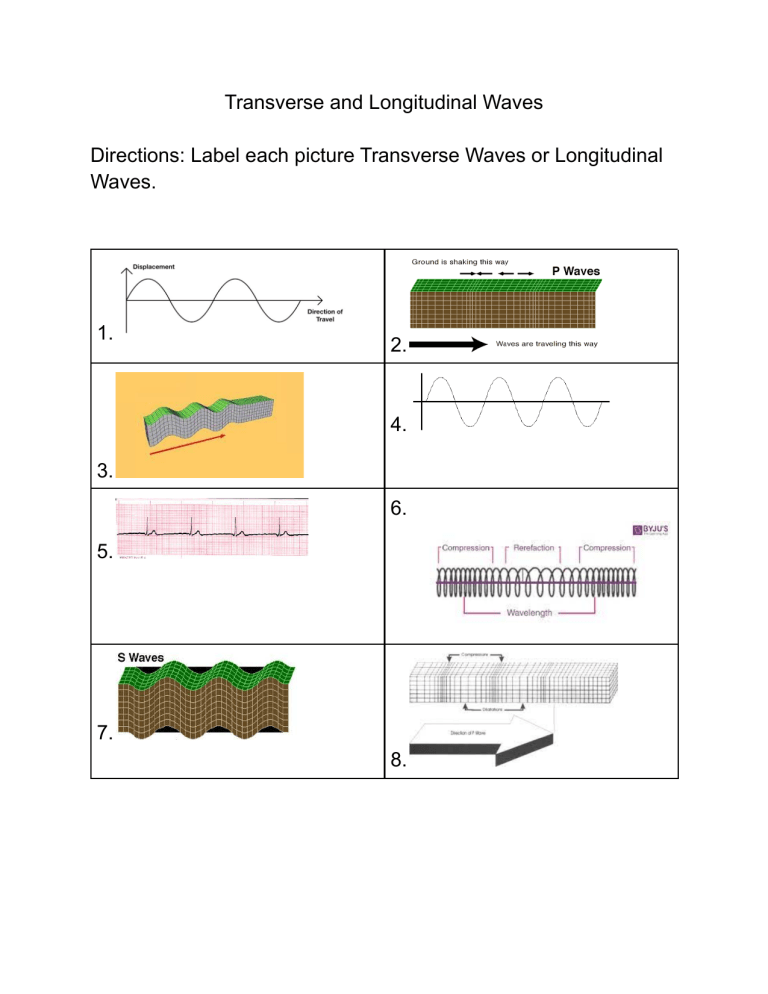
Transverse and Longitudinal Waves

Longitudinal and Transverse Labster
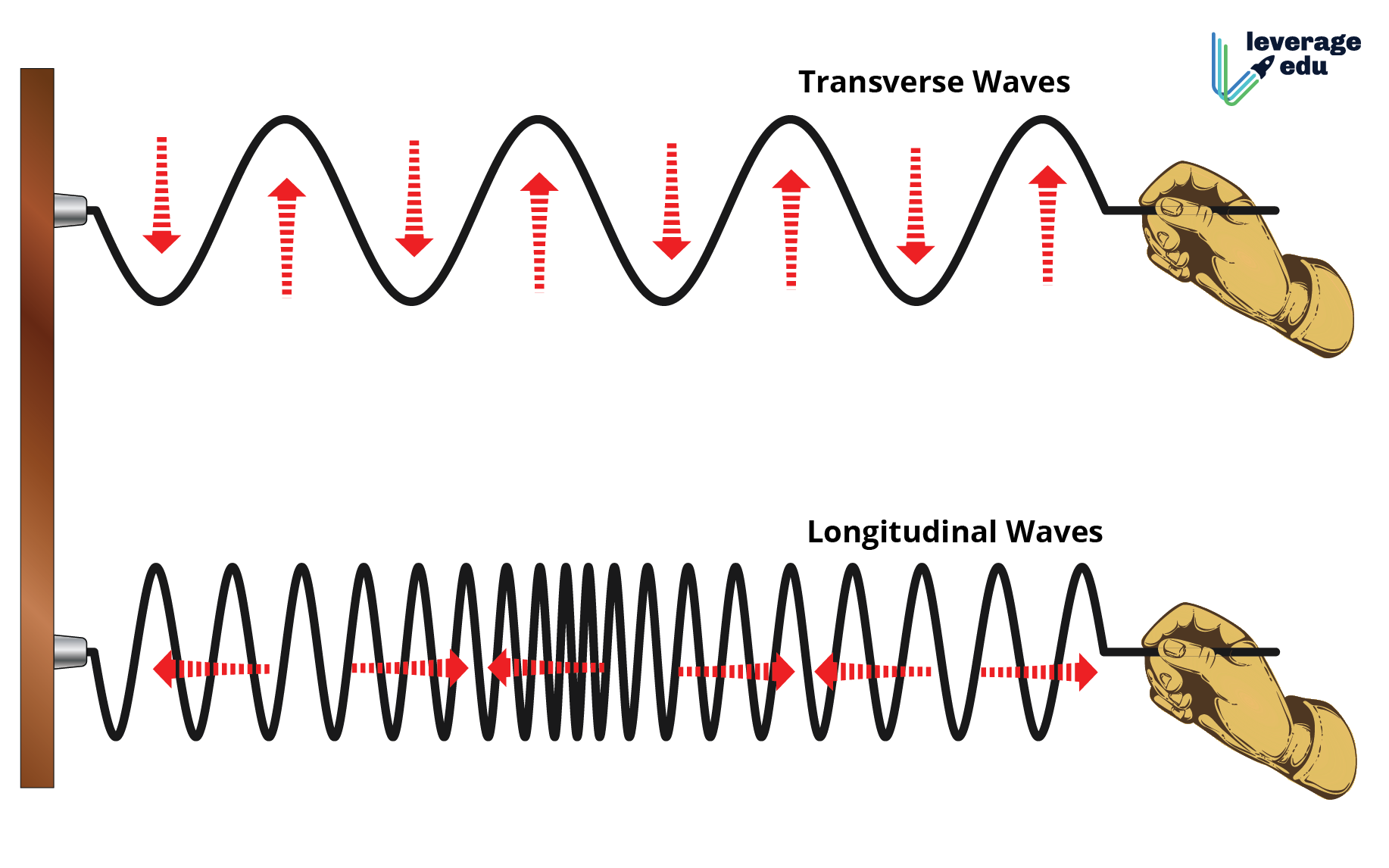
Transverse vs Longitudinal Wave Leverage Edu

How Are Transverse and Longitudinal Waves Alike and Different BricegroBuck

PPT University Physics Waves and Electricity PowerPoint Presentation ID327483

Difference between Transverse Waves and Longitudinal Waves Wave Motion 2 YouTube

Understand Transverse and Longitudinal Waves Worksheet EdPlace
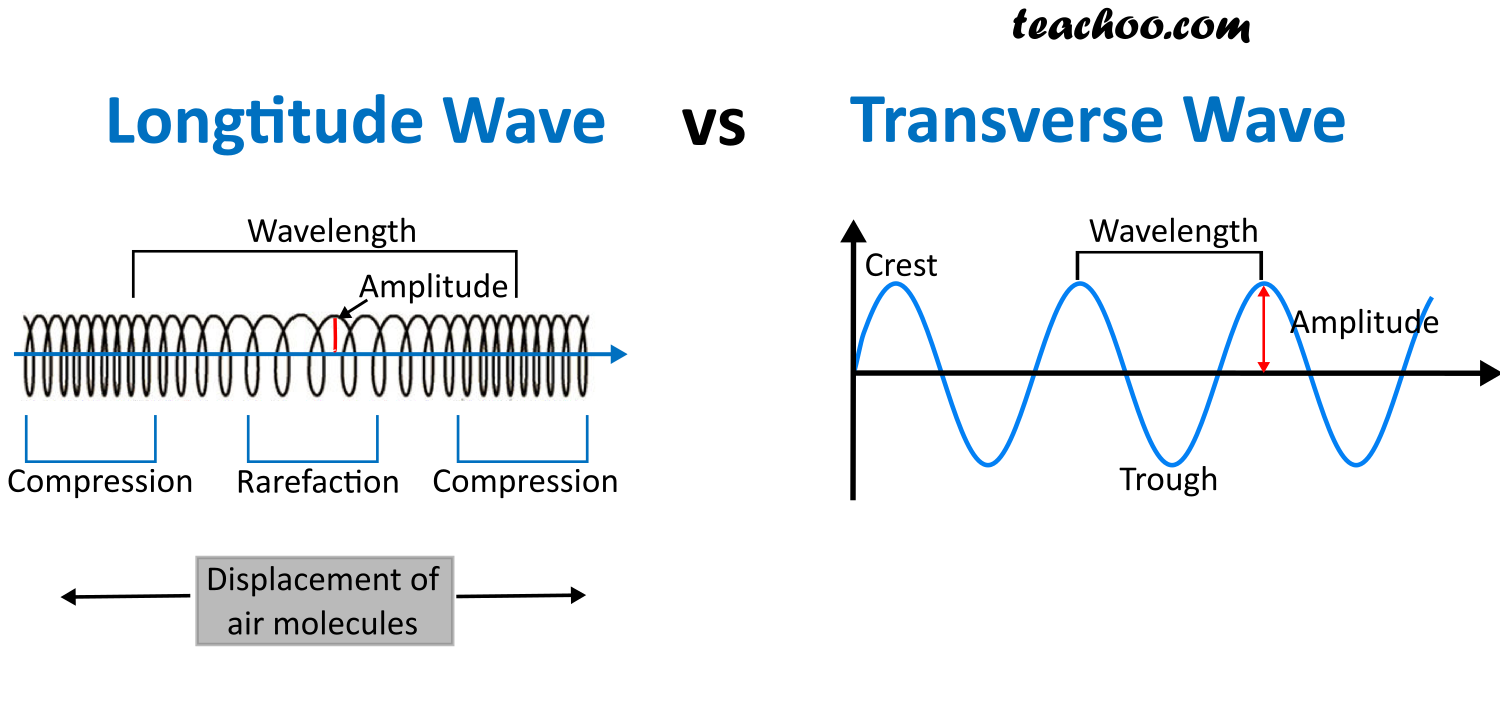
Difference between longitudinal and transverse waves Teachoo
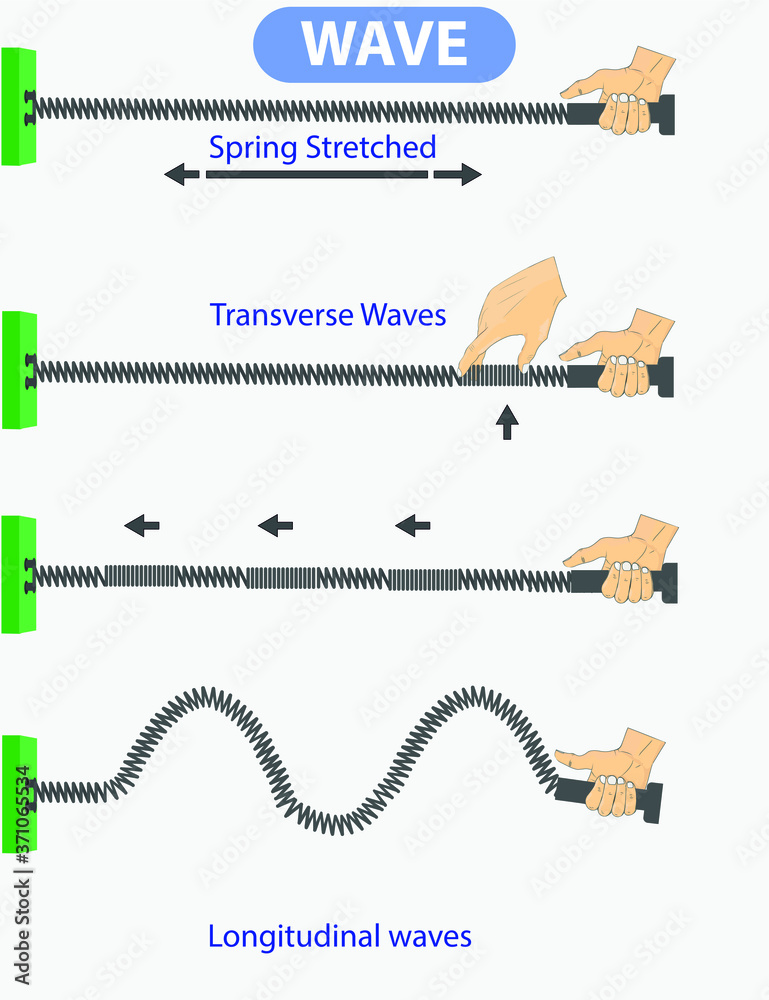
physics. spring stretched. transverse waves. longitudinal. The difference between throwing and

How are Longitudinal Waves Related to Transverse Waves? YouTube

mr i explains The Difference between Transverse and Longitudinal Waves YouTube

Types of longitudinal, transverse and surface waves examples outline diagram VectorMine
Transverse waves are defined as: Waves where the points along its length vibrate at 90 degrees to the direction of energy transfer. For a transverse wave: The energy transfer is perpendicular to wave motion. They transfer energy, but not the particles of the medium. They can move in solids and on the surfaces of liquids but not inside liquids.. Characteristics of longitudinal and transverse waves. Google Classroom. Below is an image of a transverse wave through a medium where the dashed line is the medium’s equilibrium position. What does the arrow represent? Use a coordinate system where upward is the positive direction for medium displacement.